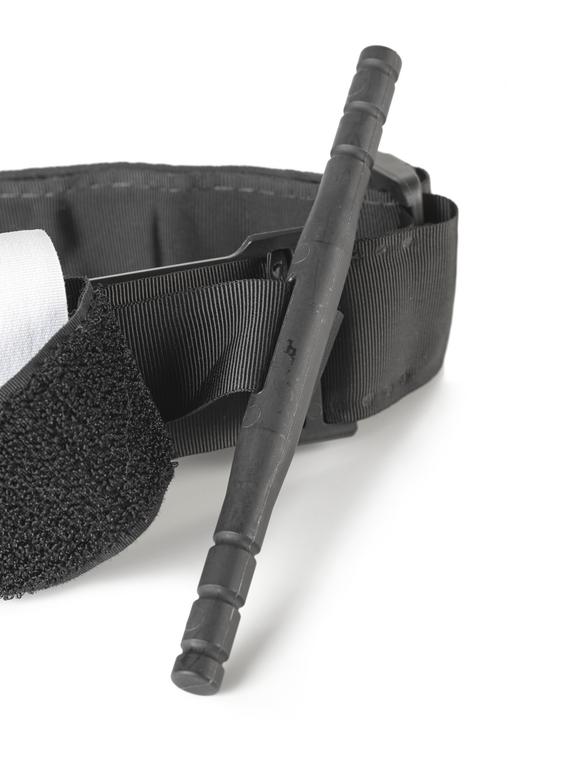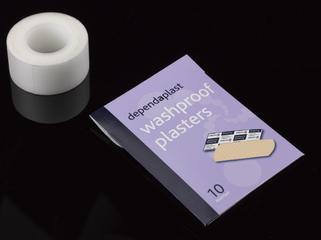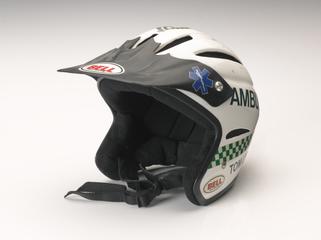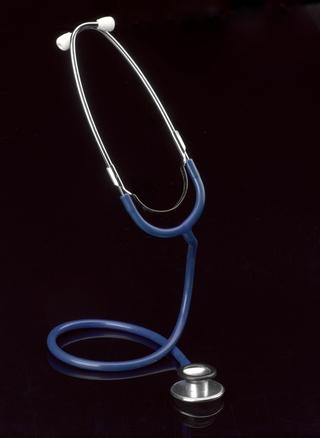
British Army Combat Application Tourniquet Medical Kit
- Made:
- 2015 in United States






British Army Combat Application Tourniquet (C-A-T) Medical Kit, black with velcro and plastic attachment for tightening tourniquet, 2015
Ted Westmoreland and Mark Esposito, a former medics with the United States Army Special Operations, and Eli Gonzalez, developed early prototypes of the he Combat Application Tourniquet (CAT) at home. Designed to be used with one hand, means it can be quickly be applied to a limb to reduce blood loss following wounding or injury. By 2005 the CAT was carried by all US Army service people. The CAT is intended to be lightweight, easy to use, and effective.
Details
- Category:
- Emergency Medicine
- Object Number:
- 2018-86
- Materials:
- textile and plastic (unidentified)
- Measurements:
-
overall: 50 mm x 135 mm x 215 mm, .647 kg
- type:
- tourniquet
- credit:
- Purchased, Science Museum




